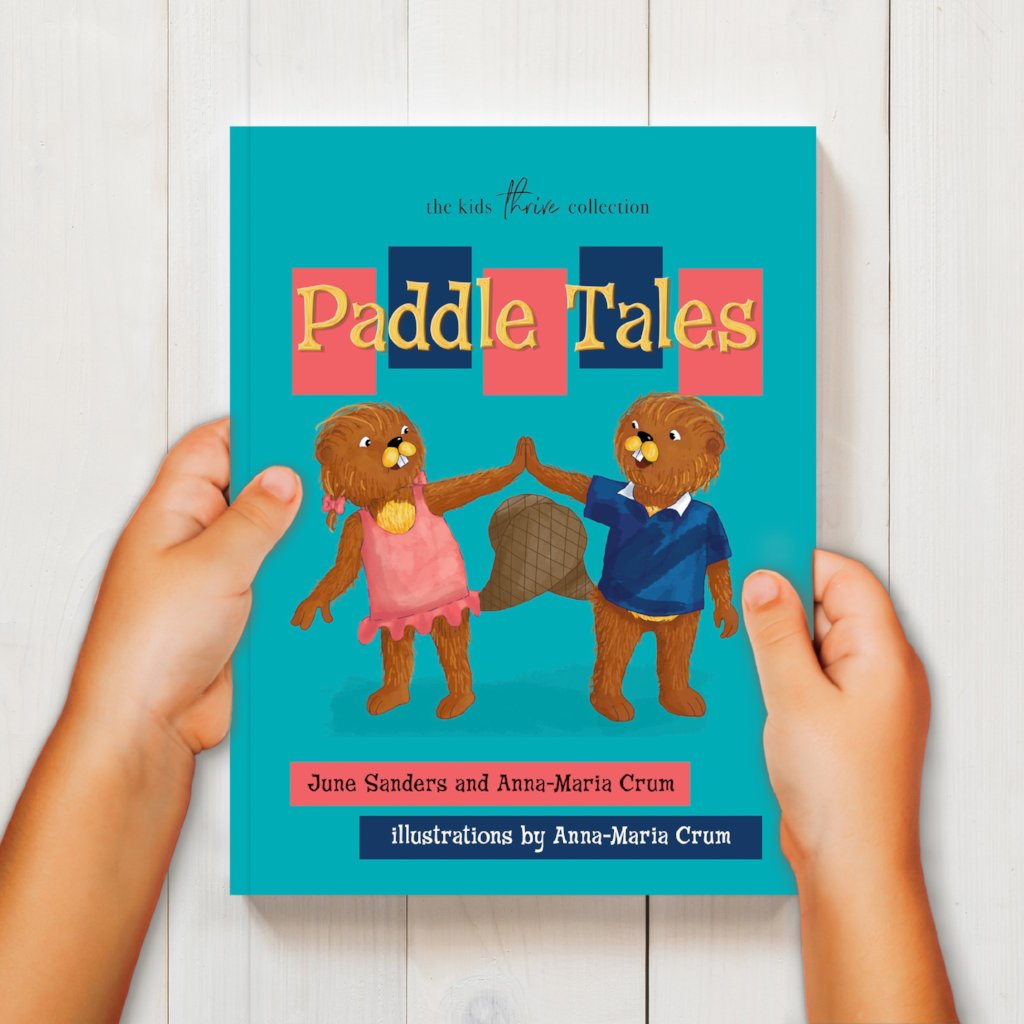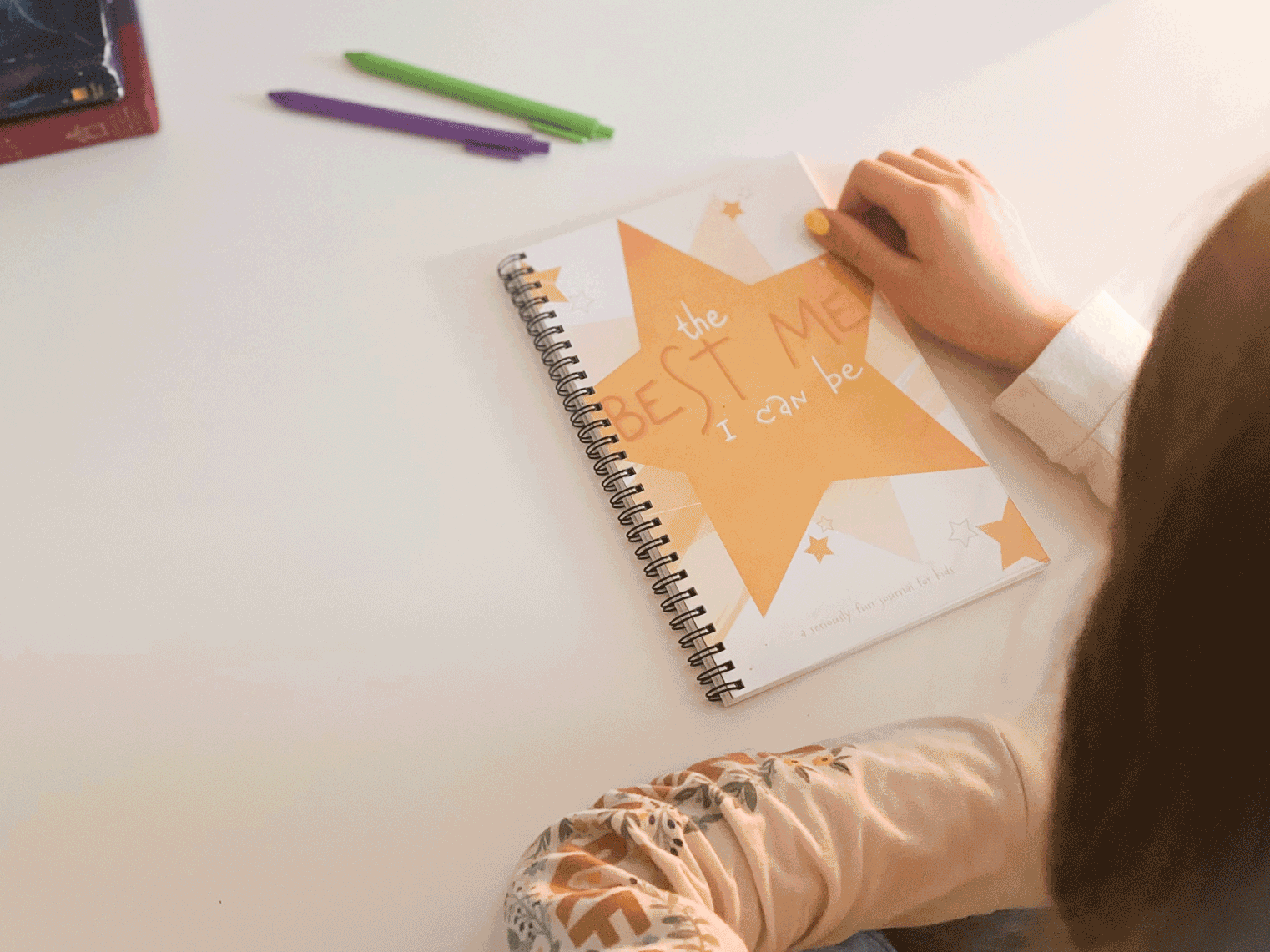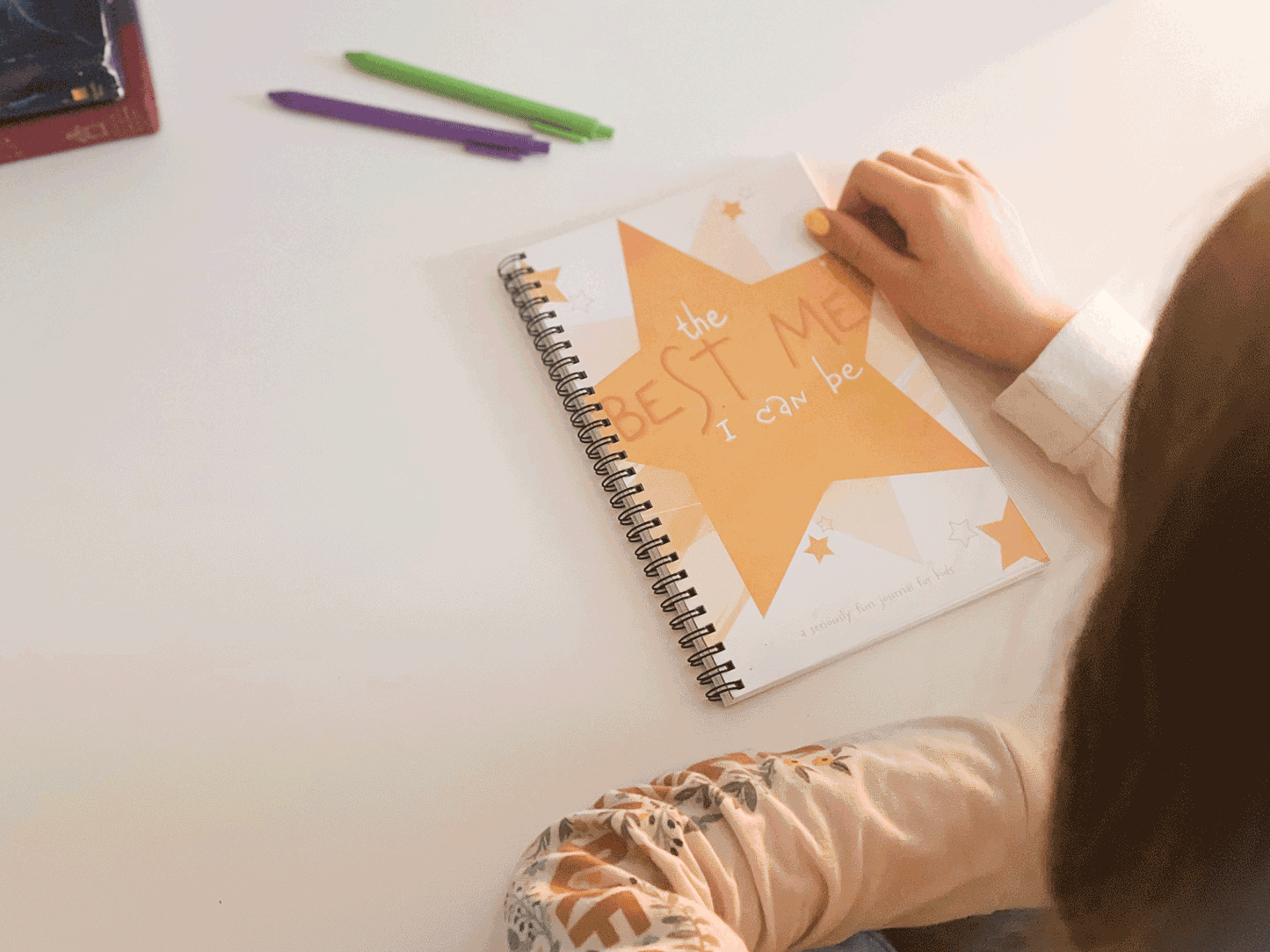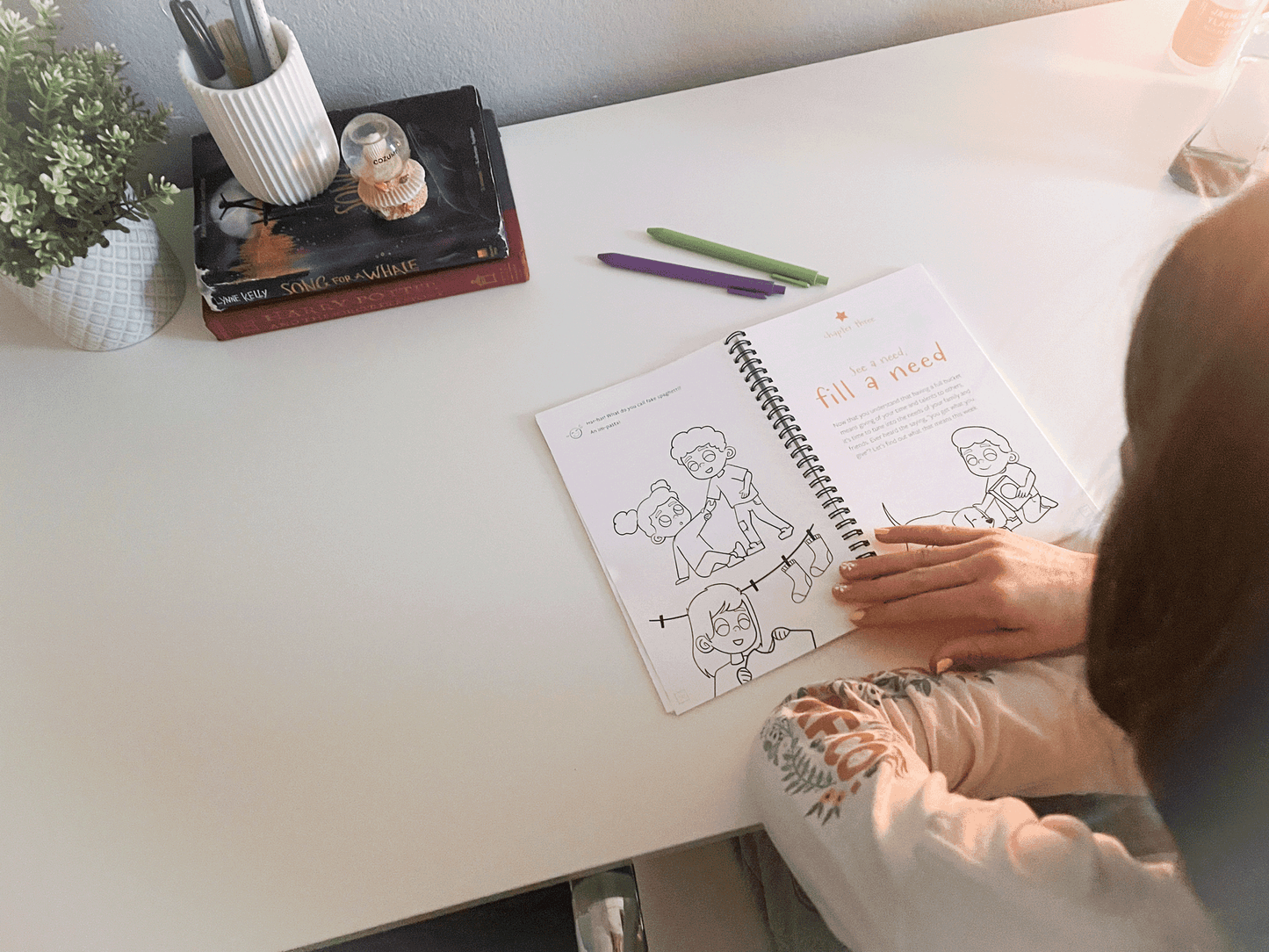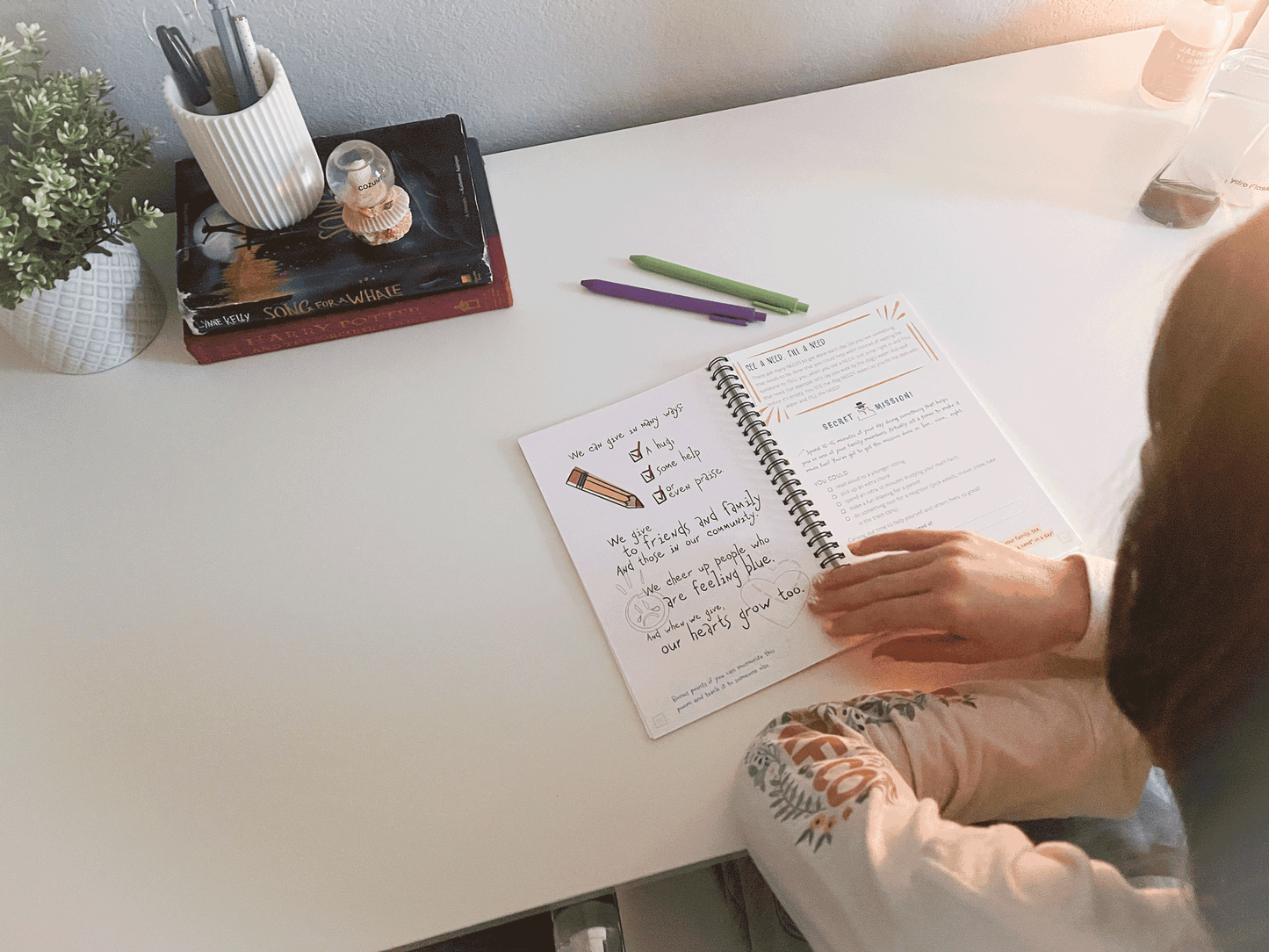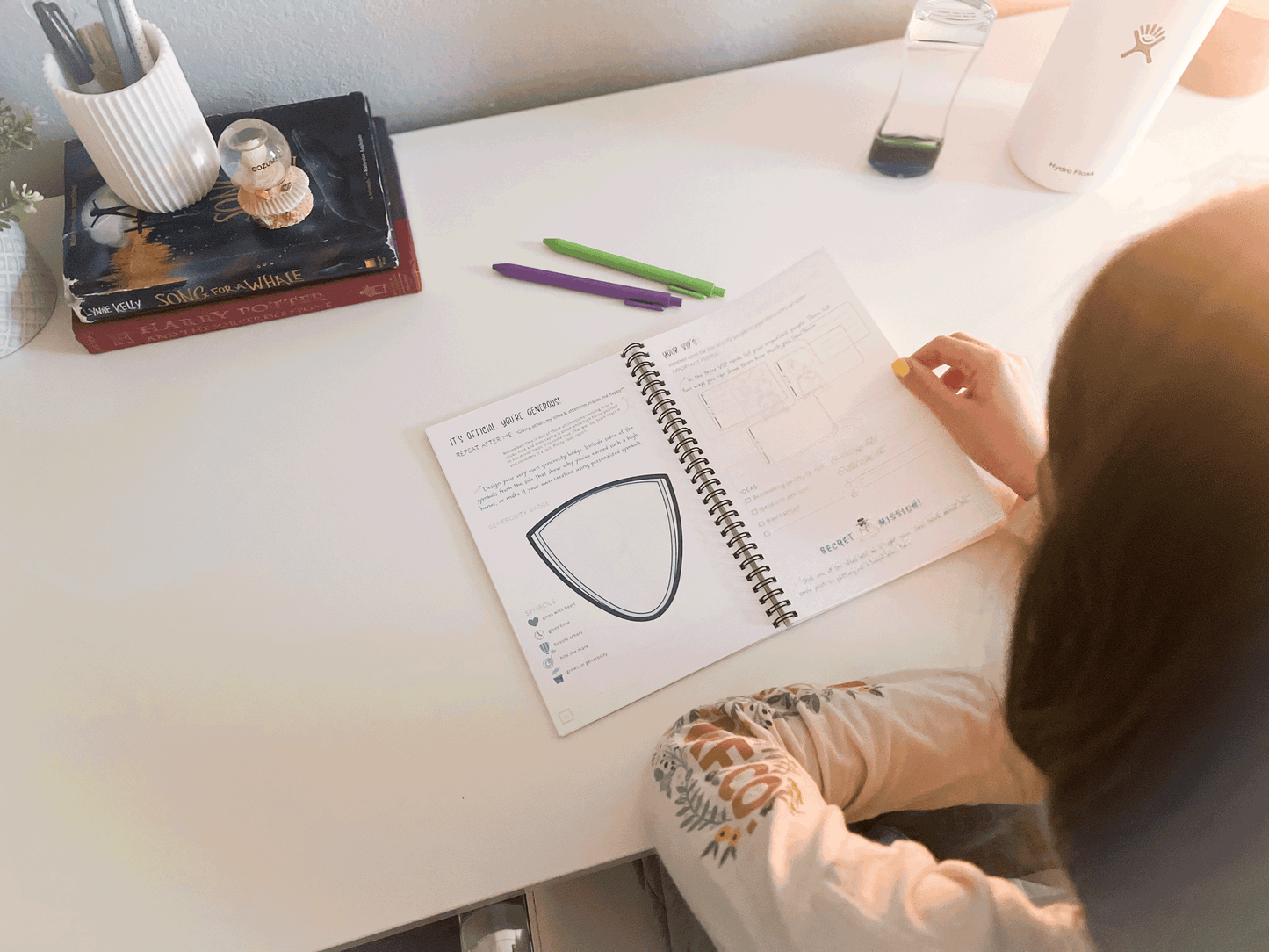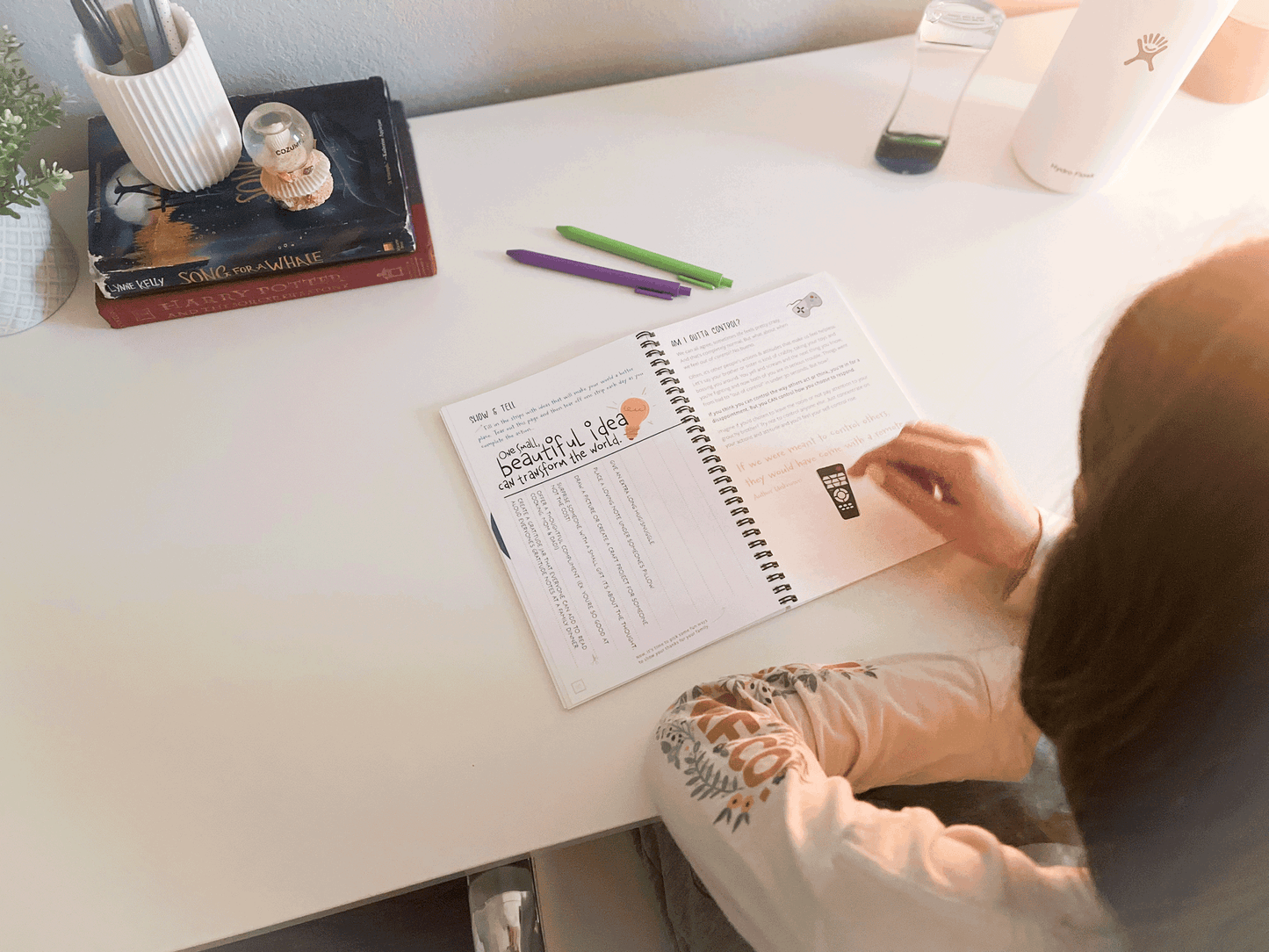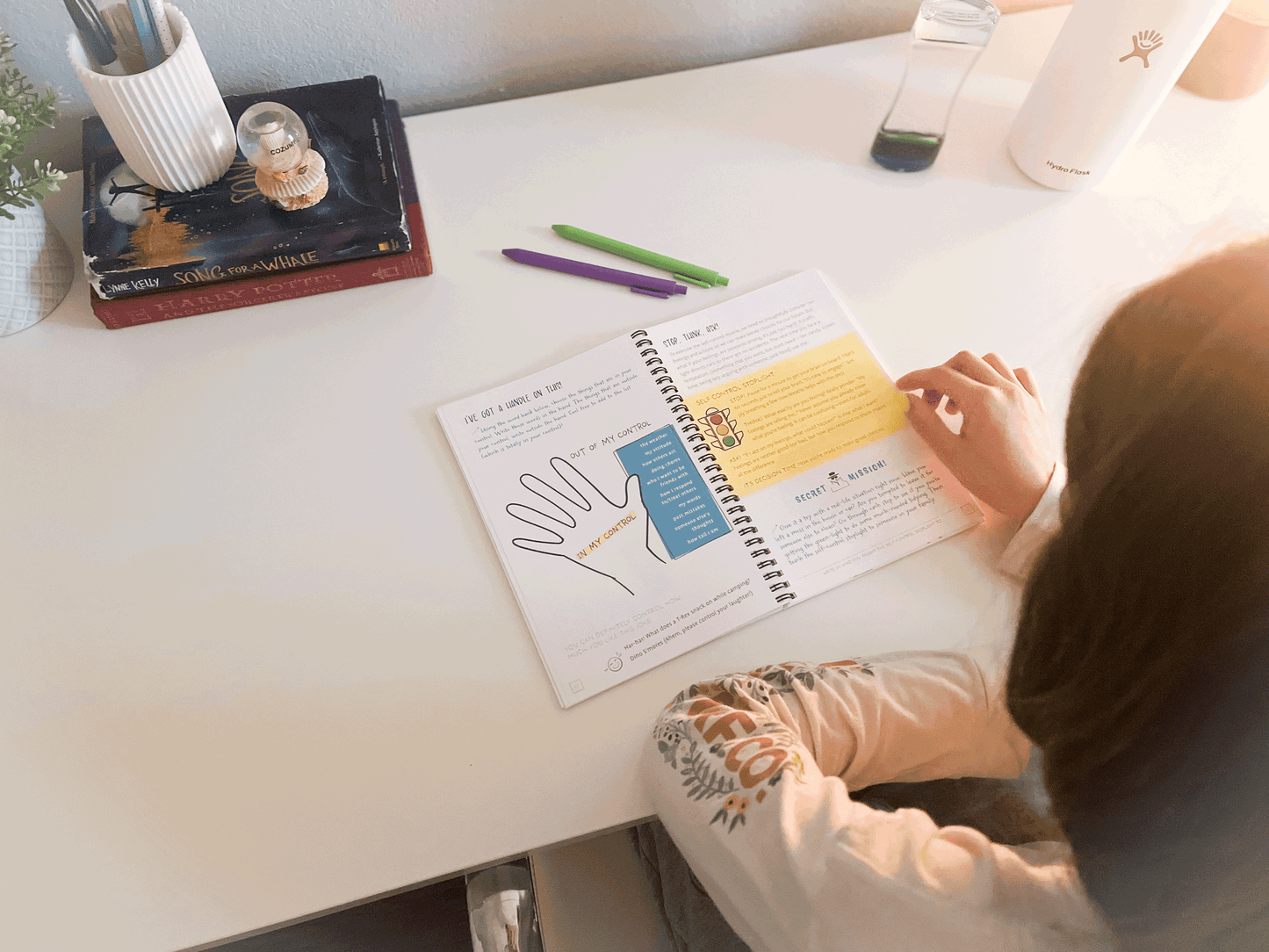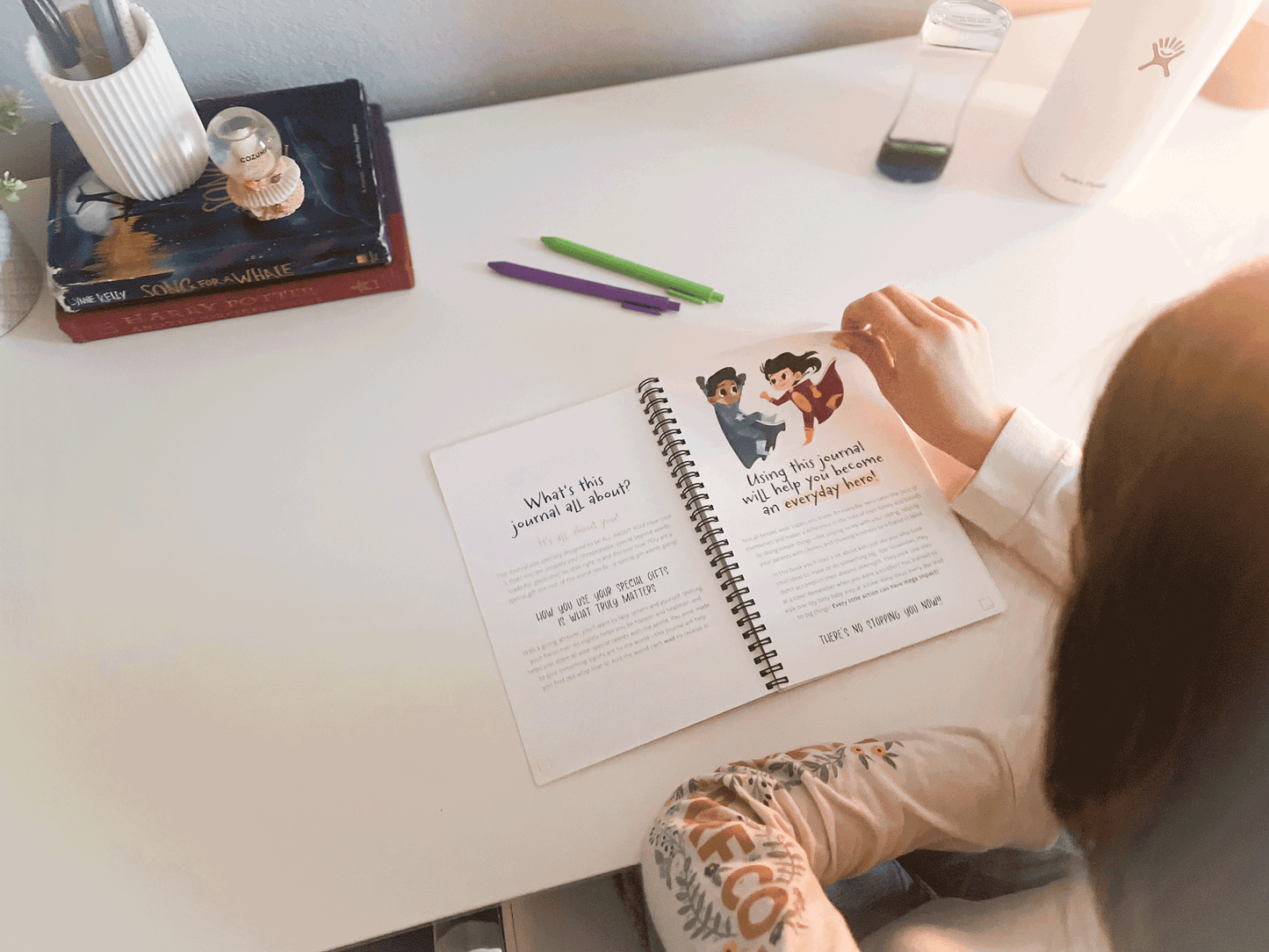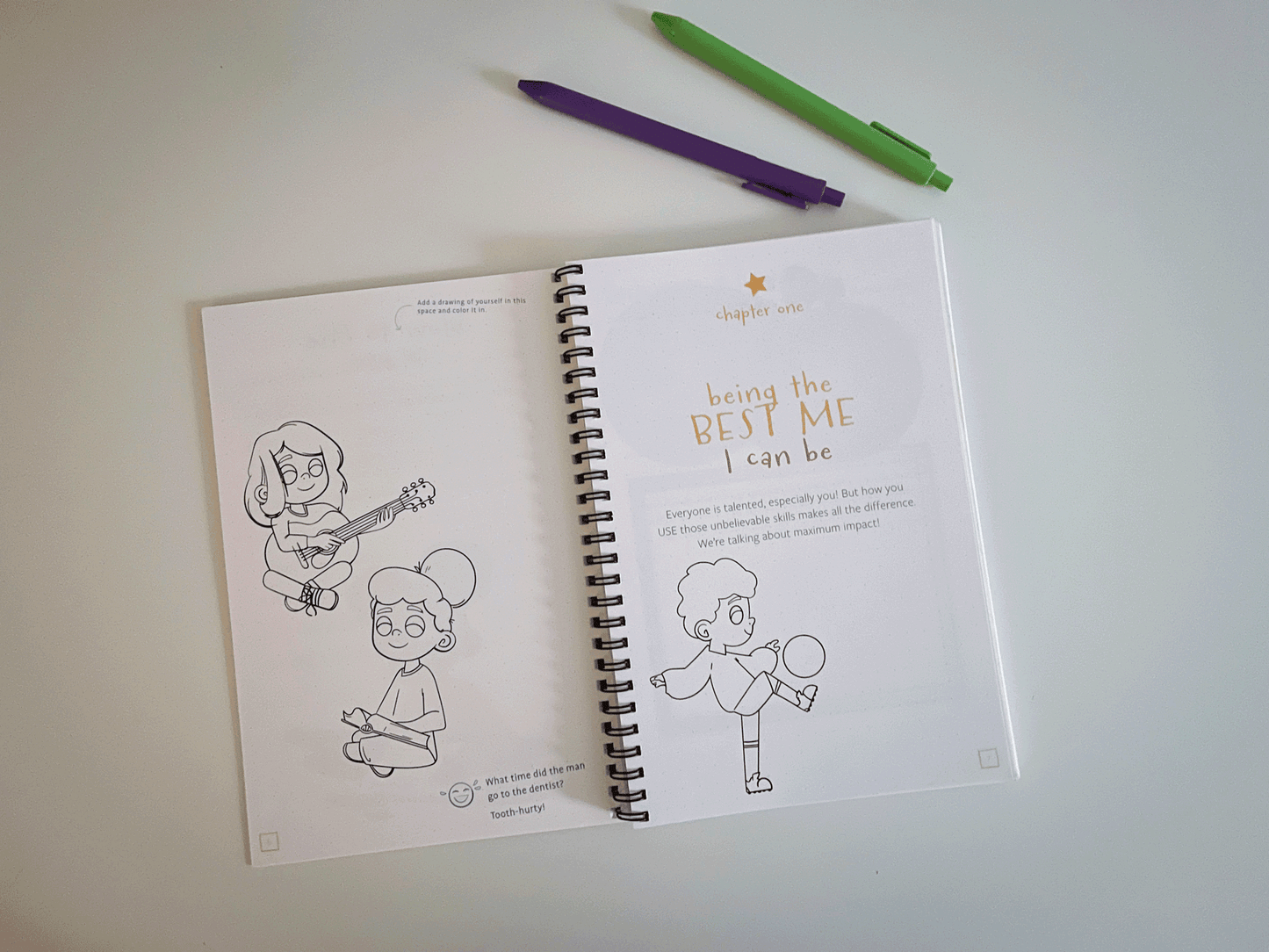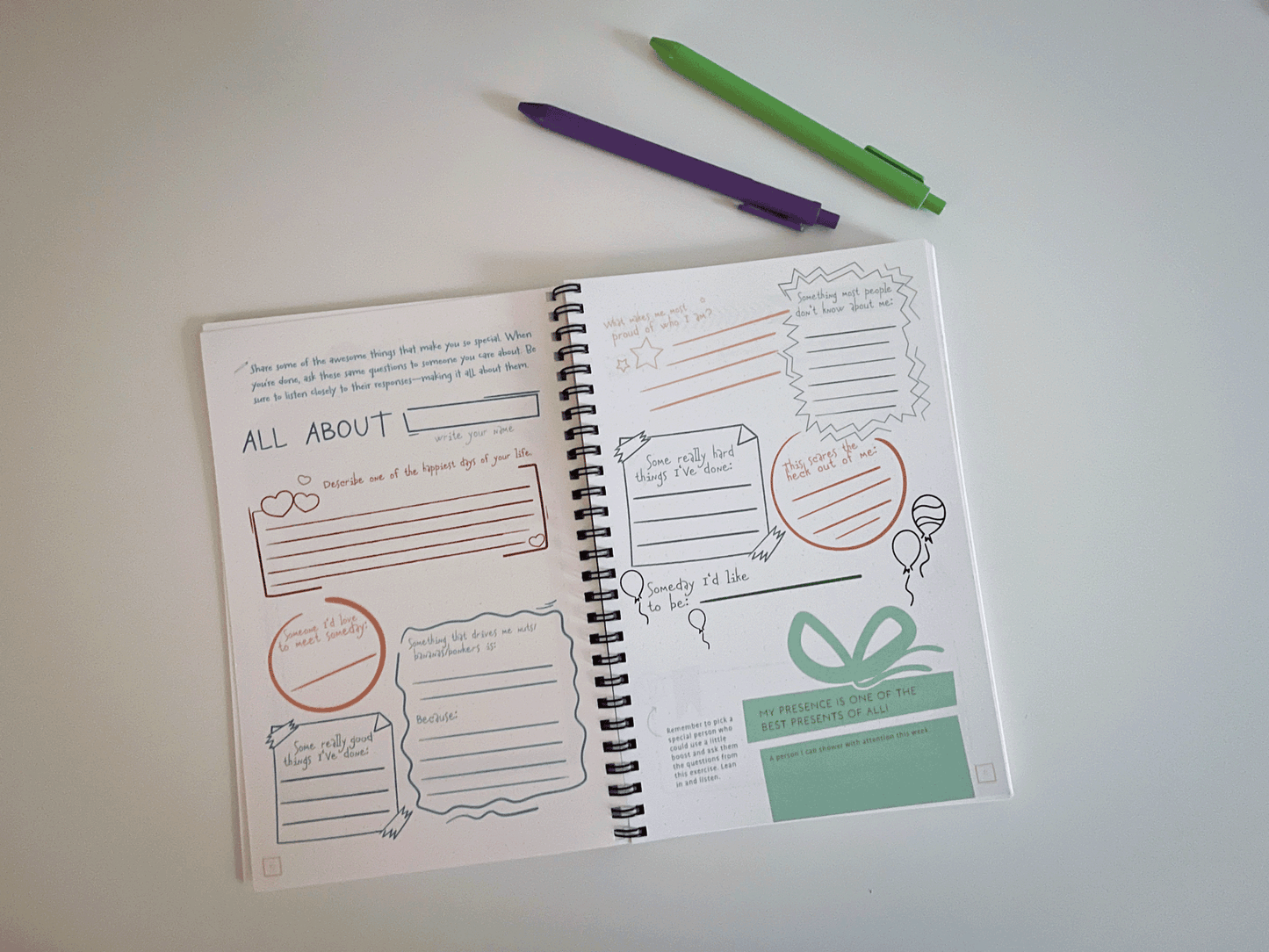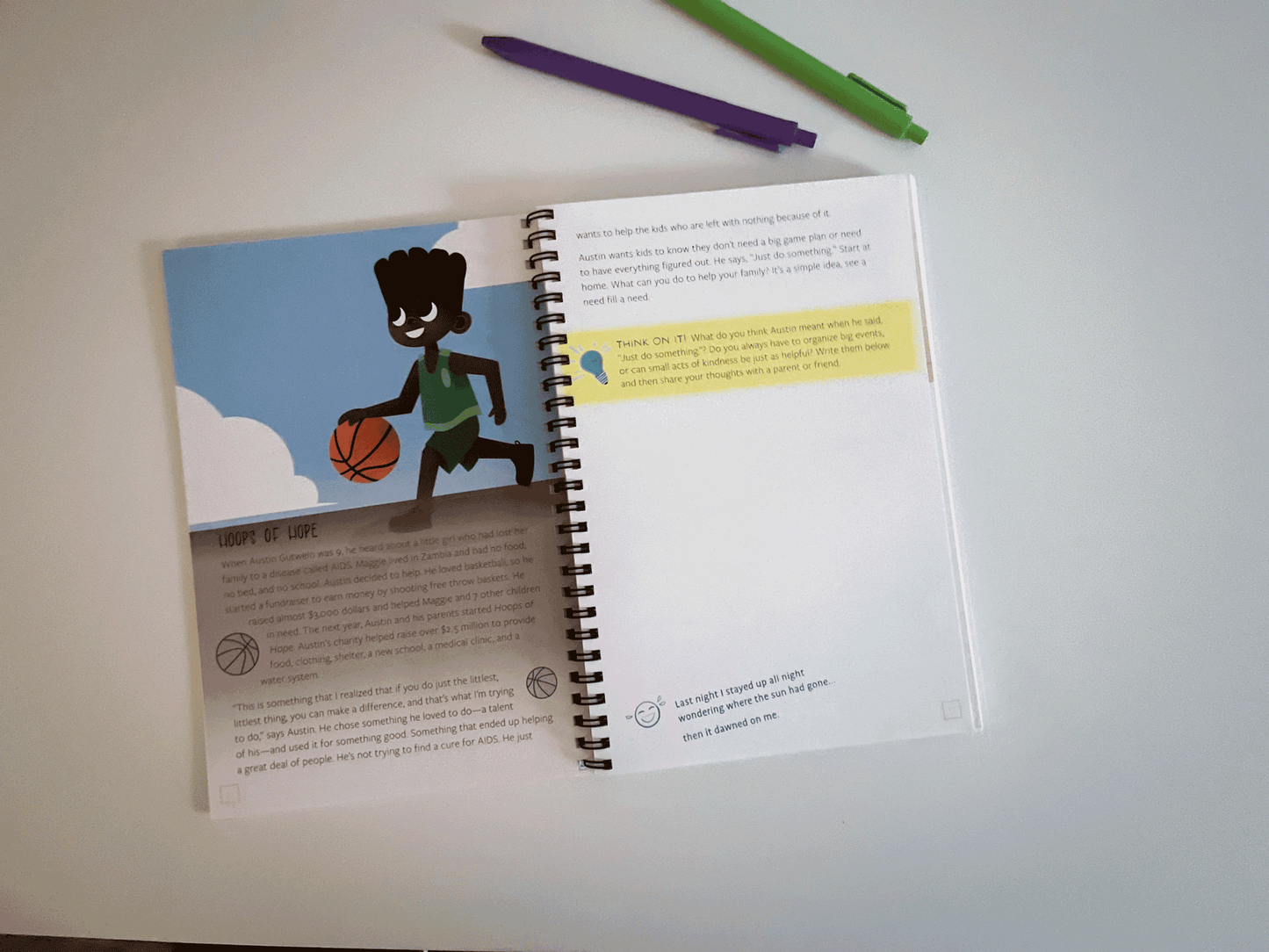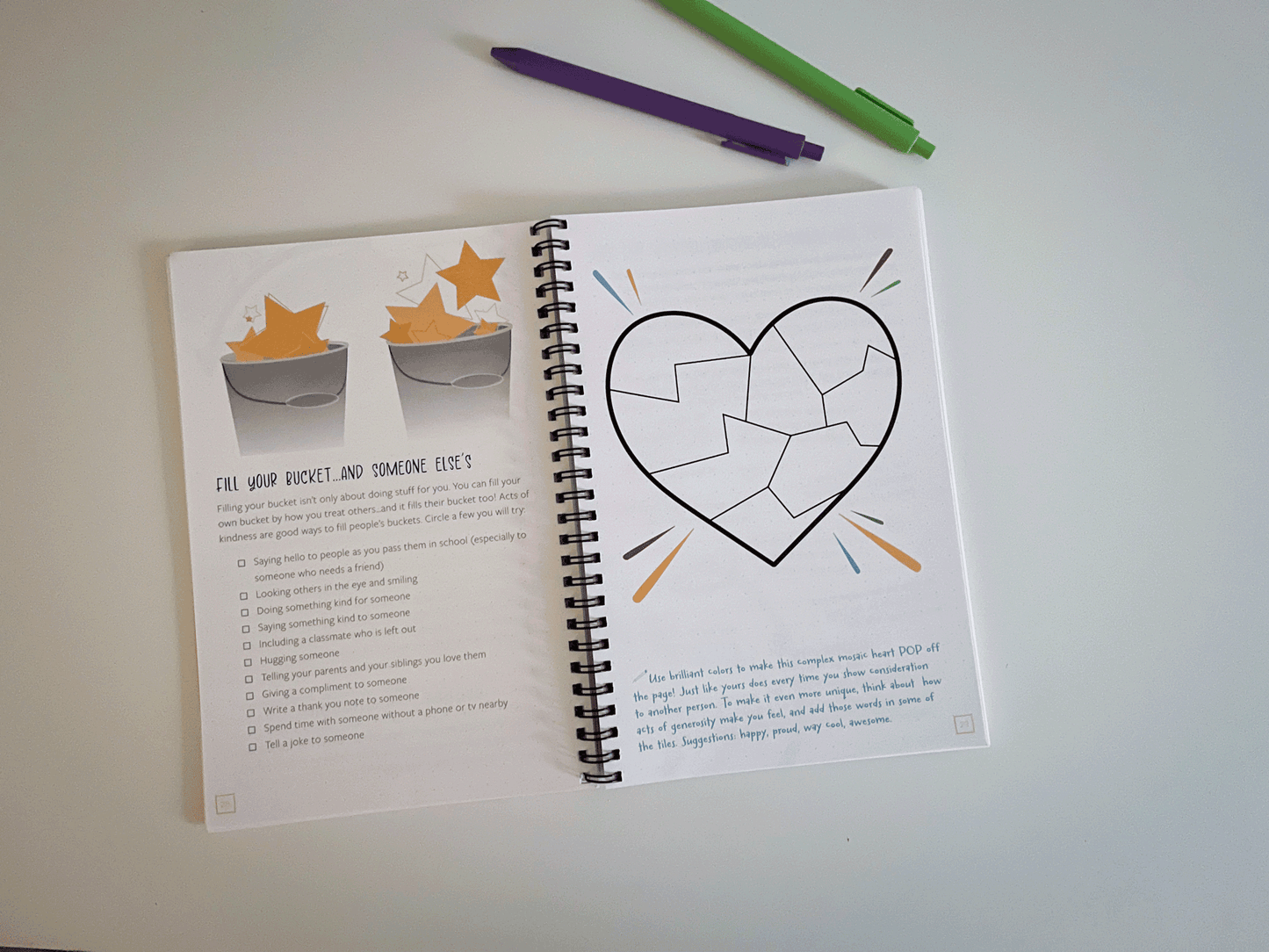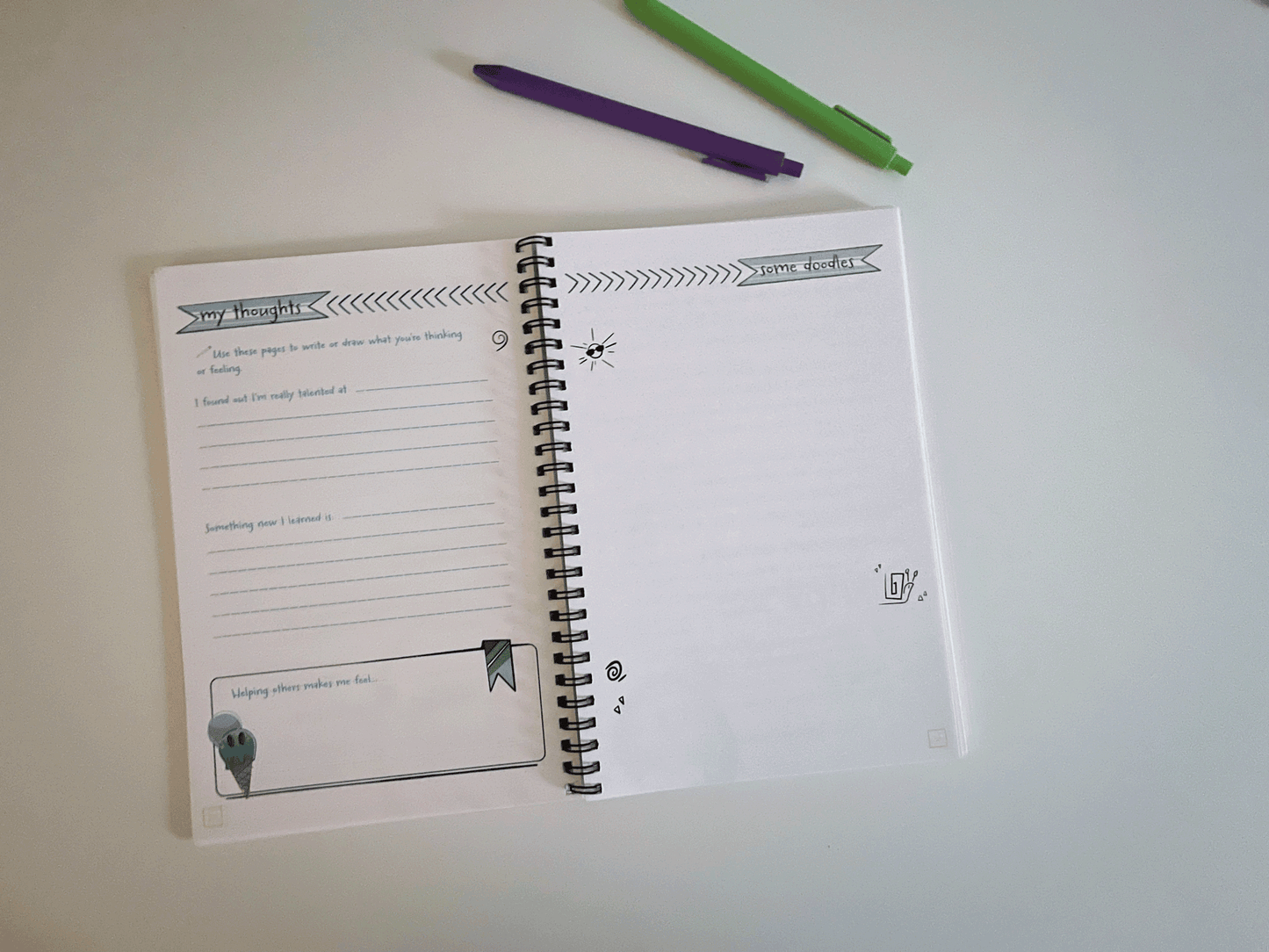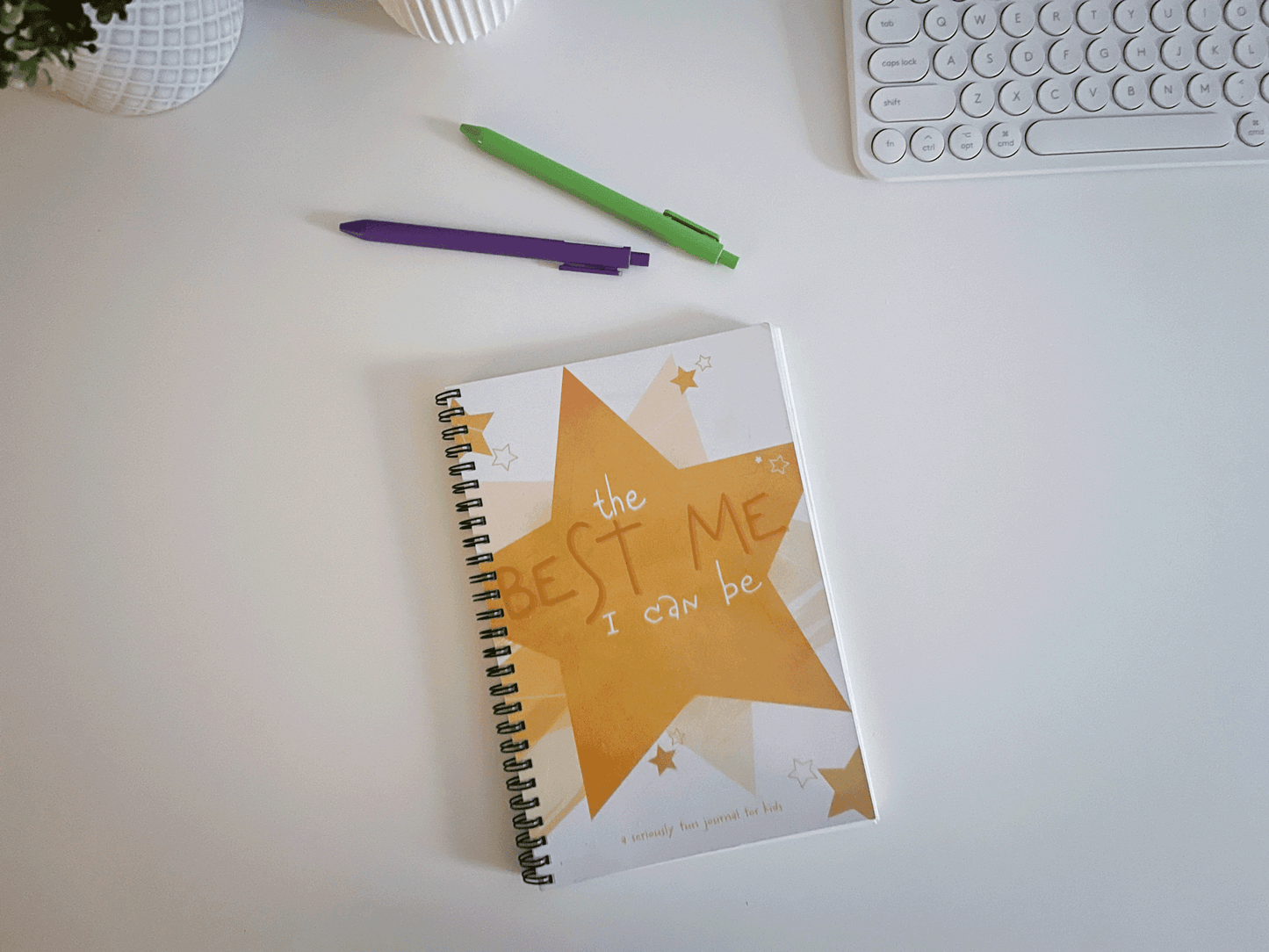Creating a Peaceful Home Environment
Antoinette Stein
A few months ago my youngest boy’s vocabulary expanded to include “Mine!” and suddenly conflicts abounded in our house. The days of peaceful play slowly transformed into grabbing, screaming and the occasional hitting. I knew it was time to tackle peacemaking! But how do you teach a one-year-old and three-year-old conflict resolution? These last couple months I have looked carefully at the techniques adults use to solve conflicts and began training my toddlers to be peacemakers. Here are a few things we have been implementing into our free play for a more peaceful environment:
Peaceful Environment.
My first step was taking a closer look at our house and our procedures and evaluating what encouraged peace and what discouraged it. I began with little changes such as utilizing natural lighting over artificial lighting and playing fun or peaceful music to set the mood. Then I tackled organizing some toys whose access, defined space, or clean-up needed improvement. We reviewed and practiced ways to use and pick up toys so there were no arguments about our procedures. Part of playtime was also devoted to improving independence in daily tasks such putting on our shoes, clearing our plates, and getting dressed. The increased structure left little room for arguments on how things were done. Next it was time to build my team…
Team Building.
Working together is one of the greatest ways to implement intentional peacefulness. The more my boys could work together the better they can understand the other’s strengths, weaknesses, ability level and how to best support each other. We began doing this by building together. Bridges, catapults, and towers were built and demolished together. Together we collected pieces of nature then made art. We made cookies, muffins and meals together. And of course, we worked together to clean our house. With each activity we talked about how to utilize each others’ strengths, how to support one another, and how to be the best teammates. We usually ended affirming what a great team we are. It wasn’t long before the boys asked for teammates when playing and completing tasks. Leading by example, I was the first to volunteer. They, of course, followed my lead.
Change the Play.
My devotion to team building produced an unexpected result: the boys’ willingness to change their game so all are included. Even as I am typing, my one-year-old changed his new game on our ride-along toy to the couch so that his brother could participate. While this does not solve every conflict, there is a developing awareness that a seemingly small change for one could have a huge impact on others.
Use Words.
My one-year-old’s new possessive word came with a slew of new actions - hitting, pushing and grabbing. And the three-year-old was not shy about his rebuttal. I became the coach on the sideline, guiding them to use polite words such as “No thank you,” or “Can you wait?” or “Do you want to play too?” I also encourage them to express their feelings and work toward a solution including suggesting another activity while waiting for a turn. These are skills they have used on play dates and had tremendous success.
Practicing and Praising Sharing.
Instead of taking toys away when they fight, I often use the opportunity to practice sharing. One will play with it, then give it to the other. Ten seconds later we exchange again. At first my youngest would scream, but once he realized the object was back in his possession ten seconds later, he began to enjoy this activity. Now when both boys want to play with a toy, they often pass it back and forth. And that soon becomes a game of its own.
Gratitude.
It is so easy to focus on our wants and not on all we have. To remain peaceful in a tough situation, our focus must shift from what we lack to our blessings. Before each meal my family stops to thank God for the things that make us happy or help us. The boys say a word of praise for everything from family and friends to spatulas and socks. Sharing gratitude is such a favorite activity that they often stop midway through meals to add to their lists. Another way we are developing gratefulness is catching others in acts of kindness. We’ll call out a name and say “Caught you ____.” My less verbal one-year-old simply says “Wuv (love) you!” when he feels appreciative.
Stand Up for What’s Right.
While this may seem counter-intuitive, one of the ways we are teaching peacefulness is by knowing what can be tolerated and what is taboo. At times my three-year-old would make excuses for his brother’s hits by saying “He was just tapping me,” or “He was drumming, not hitting.” Other times he would overreact when his brother’s ball rolled near his tower. We have been discussing how to react to different situations. For example accidently bumping into someone can be handled with a simple apology whereas hitting and kicking should be reported to an adult. Distinguishing between actions leads to true peace, not just passiveness.
Teaching Space.
While our toddlers make excellent snuggle buddies, bed sharers, and bathroom monitors, they completely miss the concept of giving personal space. My husband began teaching our little guys that sometimes people need their own space. At his cue, our boys were taught to back off and give another person room to decompress. Adding to this teaching, I am pointing out the physical and emotional signs that someone may need some space including screaming, sighing, backing up or running away, clutching a toy or retreating to a private space. Though this often is still a foreign concept, I am hoping as they develop they will be able to recognize and respond to these cues.
Utilizing Private Places.
My first year teaching preschool, I was privileged to teach a sweet, energetic girl. She was a natural leader and where she played a crowd of kids followed. But when things got too rambunctious and she felt out of control, she would bite. Realizing what was happening, I set up a special chair where she could retreat away from the kids. Having a place to escape to literally killed the biting trend. With this in mind, we have built in several cozy nooks around out house in which children may go to play or for personal time. Lined with pillows and baskets of books, these make a great calm space for our children – a retreat to escape overwhelming situations. This gives our kids a tool to get out of a bad situation and recline in a peaceful place.
Debriefing.
While the tools above have reduced the number of conflicts, we are still daily learning how to be peacemakers. When disagreements do arise, my husband and I use them as teaching moments. I start with a sweet hug and a listening ear so that they feel heard and understood. Then we ask for more details about what happened, what each person was feeling, and how to better handle the situation. We brainstorm with our kids (and sometimes for our kids) solutions that honor all parties involved. Then we celebrate the success when we see them trying to work out their disagreements peacefully.
True peacemaking is learning how to resolve conflict in a way that all parties are honored. Teaching our children to monitor themselves and work toward a resolution is not easy, yet it is developing a virtue that will help them the rest of their lives.
